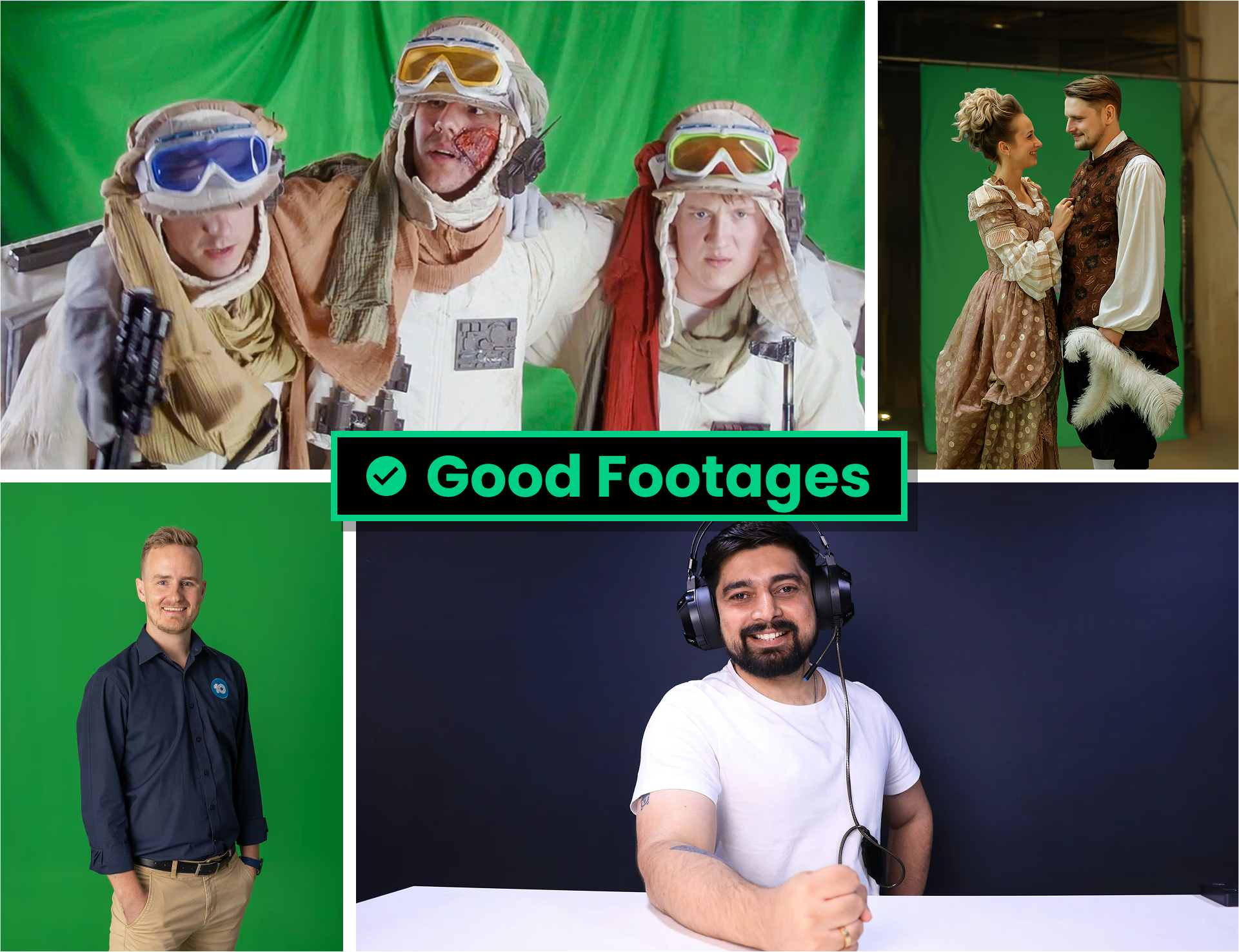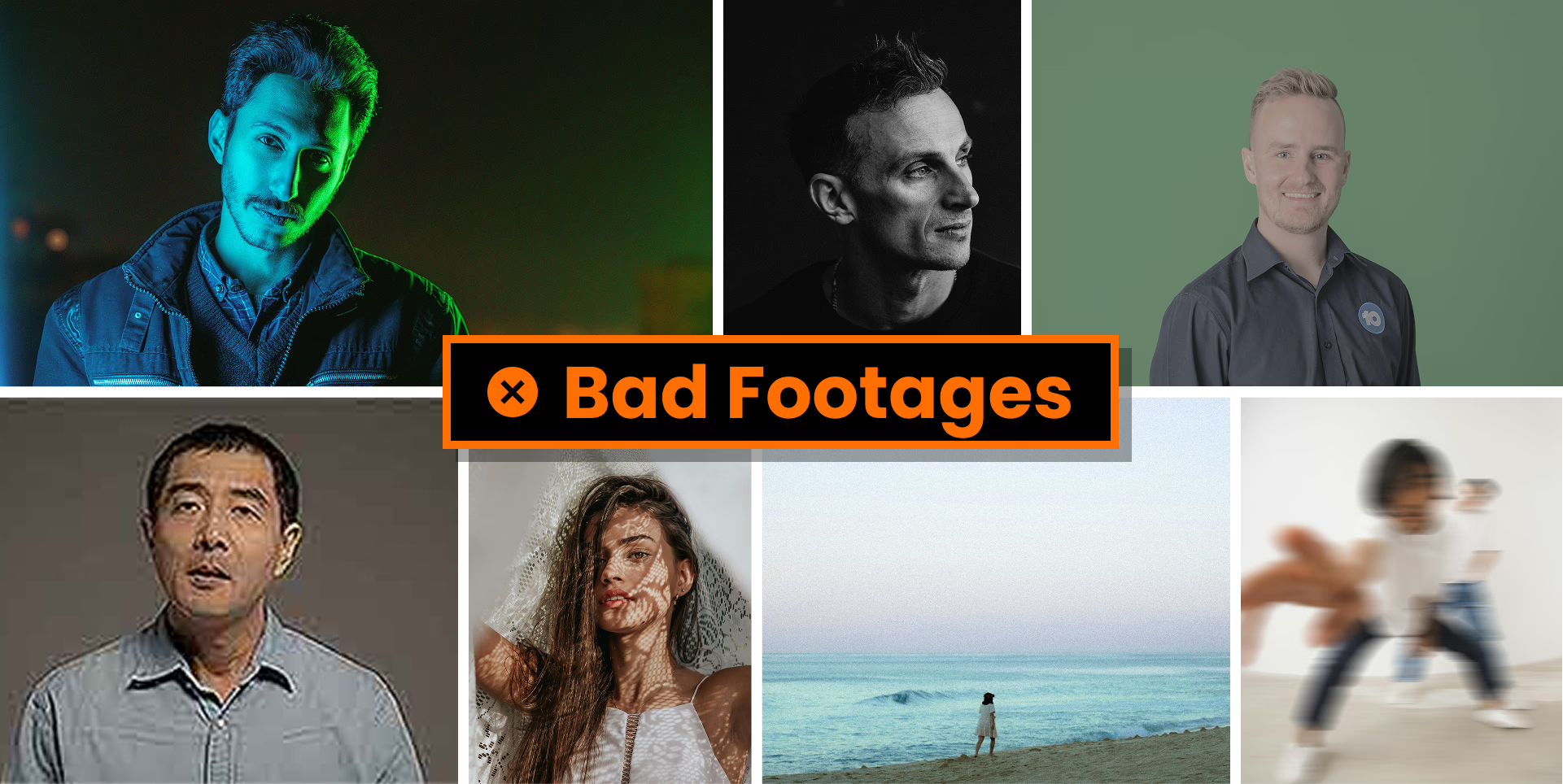- PBR Maps: Normal, Base color, Metallic, Roughness, Specular for relighting
- Alpha: foreground matte for background replacement
- Depth Map: For compositing and 3D integration
Beeble Studio (Desktop) processes your footage locally on your machine, no
upload to the cloud.
Key Features
PBR, Alpha & Depth Pass Generation
Powered by SwitchLight 3.0. Convert footage into full PBR passes with alpha and depth maps.
4K Resolution, up to 1 hour
Process up to 4K resolution and one-hour videos locally on your GPU.
Image Sequence Support
Upload image sequence for professional workflow. Export VFX passes as image sequence.
16-bit EXR Support
Full 16-bit EXR input and output support for professional VFX workflows.
Unlimited Local Rendering
Files never leave your machine. No cloud credits used. Perfect for confidential or proprietary material.
Nuke, Blender & Unreal Engine Plugin
Direct integration plugins for seamless VFX pass import into Nuke, Blender, and Unreal Engine workflows.
Available VFX Passes
| Pass | Description |
|---|---|
| Alpha | Clean background removal and matte extraction |
| Depth | Normalized depth map for compositing |
| Normal | Surface normal map for realistic relighting |
| Base Color | Diffuse color without lighting information |
| Roughness | Surface roughness for material properties |
| Specular | Specular highlights and reflections |
| Metallic | Metallic surface properties |
Specifications
These specifications are for Beeble Studio (Desktop). For cloud
processing, see Beeble (Cloud).
Import Format
- Image Sequence
- Image
- Video
| Beeble Studio (Desktop app) | |
|---|---|
| File Format | EXR, PNG, JPG, JPEG |
| Resolution | Up to 4K (4096 px) |
| Max Frames | Up to 100,000 frames |
| Color | sRGB, Linear sRGB, ACEScg (Linear) |
| Alpha | If Source Alpha option is enabled , the provided alpha in your frame will be used as the final VFX Pass |
Output Format
Beeble Studio provides three output formats:- EXR: 16-bit multi-layer EXR files, with each frame containing all passes.
- PNG: 8-bit PNG sequences for each VFX pass.
- MP4: 8-bit MP4 files for each VFX pass.
- EXR
- PNG
- MP4
| Map | Color Channels (Layer.Channel) | Bit Depth | Color Space | Note |
|---|---|---|---|---|
| Source | Source.red, Source.green, Source.blue | 16-bit float | Linear | |
| Alpha | Alpha.red | 16-bit float | Linear | 0.0–1.0 matte |
| Normal | Normal.red, Normal.green, Normal.blue | 16-bit float | Linear | Object space / OpenGL normal map |
| BaseColor | Basecolor.red, Basecolor.green, Basecolor.blue | 16-bit float | Linear | Note: ‘Basecolor’ uses lowercase ‘c’ |
| Roughness | Roughness.red | 16-bit float | Linear | White = Rough surface |
| Specular | Specular.red | 16-bit float | Linear | |
| Metallic | Metallic.red | 16-bit float | Linear | White = Metallic surface |
| Depth | Depth.red | 16-bit float | Linear | Normalize depth to [0, 1] within the foreground range |
Good vs. Bad Footage
Even though our AI models generate VFX passes from your footage—like depth, normals, or lighting layers—we don’t “invent” details. The quality of the output depends entirely on the input. Make sure your footage contains enough visual detail by following these examples.✅ Good Footage
 Footage should be ready for compositing with:
Footage should be ready for compositing with:
- Includes clear subjects – such as people or objects
- Strong separation between subject and background
- High-quality – sharp focus, high bitrate, and detailed visuals
- Soft, even lighting – avoid harsh shadows or blown highlights
- Correct white balance and proper exposure
❌ Bad Footage
 Avoid footage with these problems:
Avoid footage with these problems:
- No visible subject, or subject is too small in frame
- Grayscale footage – color is required
- Poor quality – low bitrate, blurry, noisy, or out of focus
- Improper exposure – overexposed, underexposed, or extreme contrast
- Too much camera movement – shaky or unstable footage is hard to work with